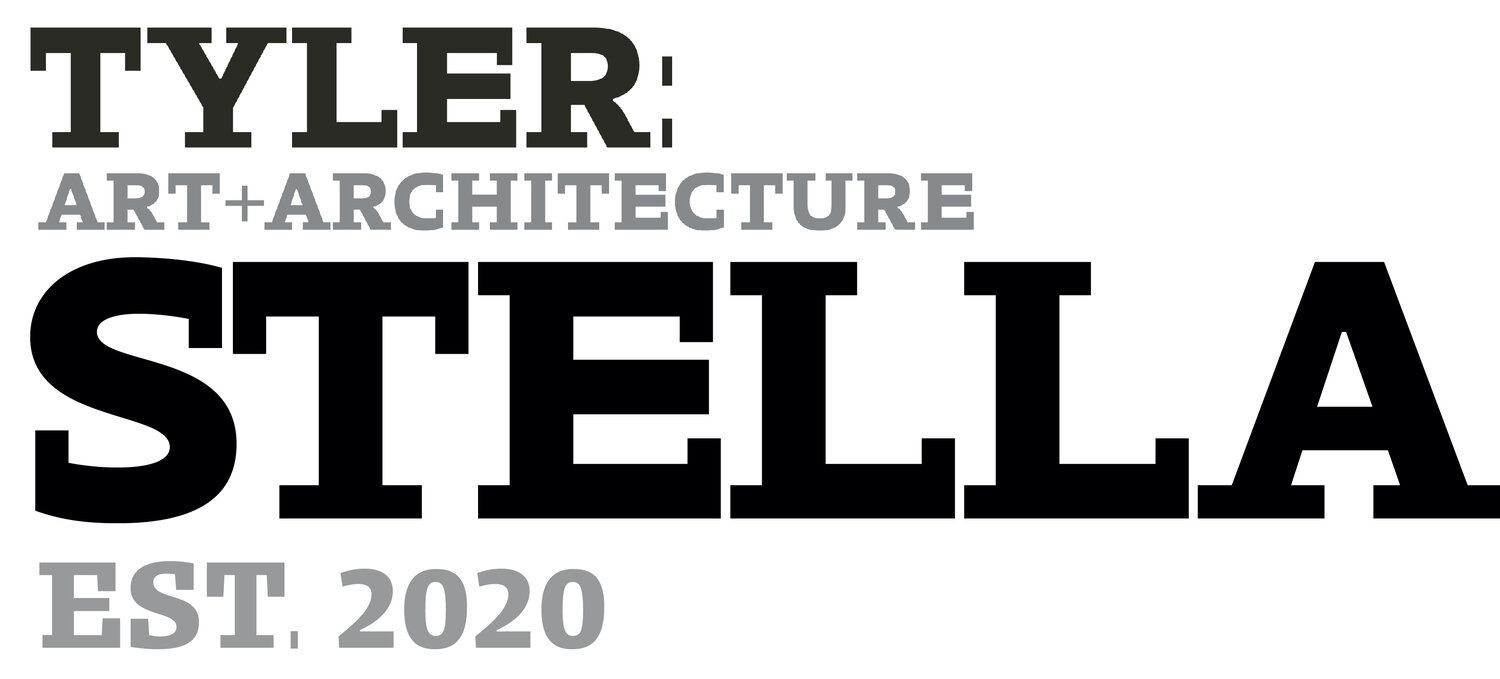Atom Kessler
The Temptations of Christ: The Visual Coding of Good and Evil
The Bybel-Printen, vertoonende de voornaemste historien en afbeeldtsels der Heylige Schrifture [Biblical Prints, presenting the main stories and images of Holy Scripture] is a piece of illustrated religious literature, published in 1659 by Gillis Joosten and Danckert Danckertsz. The images retain a mood of piety, awe and reverence, while avoiding the saccharine and sentimental, as typical for illustrated religious literature, however, with a few exceptions. Divine representation and the visual concept of good and evil are pertinent topics to this bible as well as the cross-fertilization and stylistic mobility between religions in the Dutch republic during the seventeenth century that resulted in the publication of this bible. Through visual analysis of the Bible and comparative studies between different scenes of the Temptations of Christ, I would like to gain insight into the decisions made by Matthaeus Merian and Joosten and Danckertsz that led to the differences in visual coding of Satan, or rather, "Evil," within their prints.
First Temptation of Christ, From Bybel-Printen, vertoonende de voornaemste historien en afbeeldtsels der Heylige Schrifture [Biblical Prints, presenting the main stories and images of Holy Scripture] The Devil as a Goat-Hybrid?: Merian portraying the Devil as this Goat-like hybrid seemed unusual at initial discovery, especially since Danckertsz & Joosten went out of their way to completely change the face. With only one horn and one hand, as well as the goat-hybrid, Shaman-like appearance, it is curious as to what led Matthaeus Merian to produce such an image. Within my research, I have explored the evolution of the Temptations of Christ in order to better understand the reasoning of Merian’s portrayal of Satan within this prin
The Baptism and Temptations of Christ From the Gospel Book of Otto III German (Reichenau), c. 1000
Munich, Bayerisches Staatsbibliothek MS Clm 4453, fol. 31vThe Devil as the Grotesque: After 1100, an element of fantasy entered into people’s ideas about how the Devil should look. He began to morph into the demon we all know from the traditional culture’s idea of the devil. He developed birdlike or webbed feet, sometimes a grotesque face, modeled on some ferocious animal, and grew horns as well as a tail. By the year 1200 he had become a creature of our nightmares.
Temptations of Christ From the Ottheinrich-Bibel, German (Regensburg), 15th-16th Century Munich, Bayerische Staatsbibliothek, MS Hss Cgm 8010(1), fol. 29The Devil as the Fallen Angel: The earliest illustrations of the Temptations present the Devil as a human being or a fallen angel, following the still surviving ideas of classical antiquity and Lucifer, which dominated the first 1,000 years of Christian art. In this print from the Gospel Book of Otto, the Devil is presented as such, without the later notions of what the Enemy of Christ came to be.
First Temptation of Christ
From Miniatures of the Life of Christ, French (Corbie), c. 1170-1180, New York, Pierpont Morgan Library, MS M 44, fol. 5v
The Devil as the Hermit: By the beginning of the fifteenth century some artists were beginning to depict him as a human being again, although often disguising his birdlike, sometimes webbed, feet under his robes with the occasional pair of horns. Sometimes this is only true for the first temptation and the other two continue to show him as a demon, as shown in this illustration from the Ottheinrich-Bibel.
Jan Brueghel the Elder, The First Temptation, Flemish, c. 1600, Oil on Canvas, Private CollectionThe Devil as the Mystic: As artists began to develop more naturalistic styles of painting at the beginning of the seventeenth-century, they began to depict the natural world as well. In this Brueghel painting, the Devil appears as a demon-hybrid with pelts dangling from his robe, to suggest a degree of Mysticism. This painting most likely influenced Matthaeus Merian, as it was within his time and most likely within his proximity of circulation.
Atom Kessler
(they/them)
Art History ‘22
Instagram: @atom_a.k
Atom Kessler is an aspiring art historian & archaeologist. After a five year break, they are now in their fourth year at Temple with intention to finish in the Fall of 2022. During their education, they have been focusing their studies on global paganism and the impact of Christianity throughout the ages. After inheriting a Dutch picture Bible published in the seventeenth century, they have been conducting research on the visual analysis and conservation of said Bible as well as the theology that shaped the production of each print. In the summer of 2022, they will be participating in an archaeology field school in Tuscany, Italy studying Etruscan material culture from the Iron Ages to the Medieval Period.








